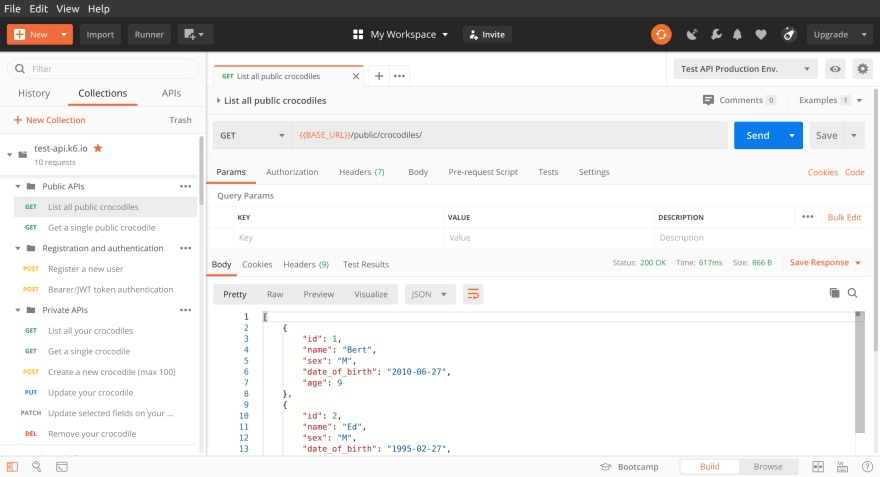

When testing things like adding and removing records from a database, automated UI tests can be time-consuming and repetitive. While some UI testing will always be needed to verify that elements appear on a page and can be interacted with, API tests are much faster and more reliable than UI-based tests.

But the most familiar tool is not always the most appropriate tool to use in test automation.
#NEGATIVE API TESTING POSTMAN SOFTWARE#
Selenium has been available for several years, and most software testers are familiar with its use. This is largely due to the success of the Selenium suite of tools for test automation, which runs in a web browser. In spite of this fact, many software testers continue to automate their testing with user interface (UI)-based tests that interact directly with the browser. And most APIs are using Representational State Transfer (REST) requests through Hypertext Transfer Protocol (HTTP) to request and send data. Most microservices are using application programming interfaces (APIs), which are a set of commands for how a service can be used. We live in a time when users expect software to be ready to use whenever they want it, and the microservices model ensures that an application will not be down for maintenance when a user wants to use it. Microservices are appealing to software providers because they allow components of the software to be deployed more quickly while one area of an application is updated, the other areas of the application can continue to function. This means that different sections of their application can have separate datastores and separate commands for interacting with that datastore. Many companies are moving toward a microservices model for their software applications.


 0 kommentar(er)
0 kommentar(er)
